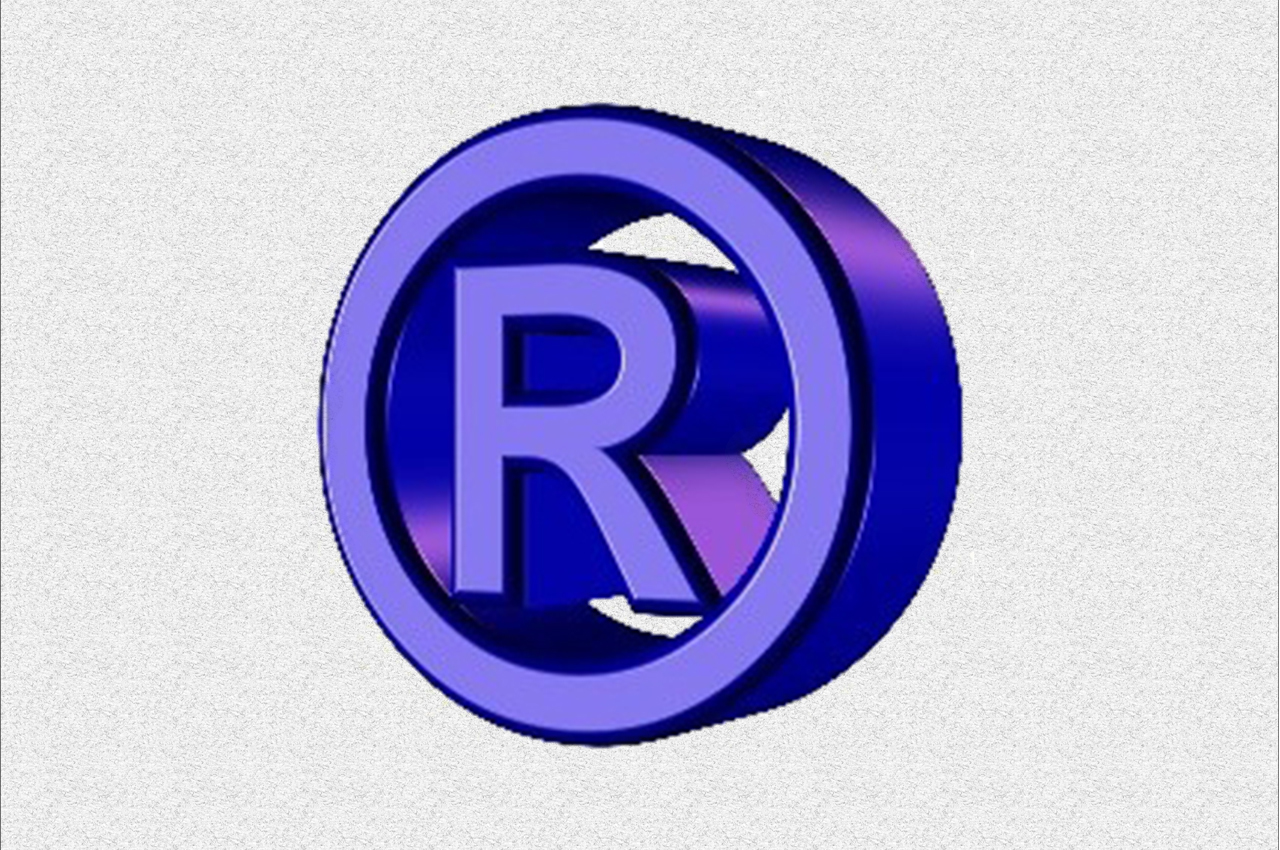Resources
Trademarkology
What’s That Sound?
Not many of us, even trademark attorneys, hear a trademark when they hear the sound of a lion roaring, a laugh, a duck quacking, a cheer, or the sound of an engine starting. Sometimes, however, what we hear is a trademark. The MGM lion, the laugh of the Jolly Green Giant, the AFLAC duck, the football cheer for the University of Arkansas Razorbacks, the theme of the Lone Ranger, and the roar of a Harley-Davidson are just a few examples of many registered sound marks (for more, see http://www.uspto.gov/trademarks/soundmarks).
What does a registration of a sound trademark look like? Here is a fairly recent example for registration of a “hog call” cheer for “providing collegiate athletic and sporting events”:

To obtain this registration, the University of Arkansas submitted a video of various school officials and others leading a crowd in the “hog call” cheer, and it also claimed that the cheer had become distinctive for its services of providing collegiate athletic and sporting events through years of “substantially exclusive and continuous use” of the cheer for the services. Earlier the Trademark Office had rejected a video which just showed the crowd cheering, stating that because crowds commonly cheer at sporting events, “consumers of the sporting event would not recognize the chant as a source indicator for the event.” Should the fact that the cheer is being led by school officials have changed this conclusion? Would you think that the cheer indicates the source of the athletic event?
The Trademark Office rules state that if sounds “resemble or imitate ‘commonplace’ sounds or those to which listeners have been exposed under different circumstances” (TMEP § 1202.15) it will make the applicant for registration prove that that the sound has come to be exclusively associated with the applicant for the products or services for which the applicant seeks registration of the mark.
Sometimes the sound will be unique. For example, the AFLAC duck does not really quack like a duck â the duck is saying “AFLAC” in a way that a duck might say “AFLAC” if it could talk. Since trademarks are about creating exclusive associations between words, symbols, sounds or even smells and particular sources for products or services, it is easy to understand that the AFLAC sound is a trademark with having to prove that it has become distinctive.

76307773 (<— click here)
But what about the roar of the MGM lion?

lion roar (<–yes, you guessed it, click here)
Looking at the Trademark Office rule, do you think that it should have required this kind of proof from MGM? What about the particular “ho-ho-ho” of the Jolly Green Giant? How do you show an exclusive association between, for example, canned vegetables and a sound? Does the Trademark Office treat sound marks the way it treats sight marks? I will let you know.
We all know that regardless of what proofs the Trademark Office required, we recognize the particular laugh of the Jolly Green Giant. It is possible (though it seems unlikely) that there are people out there who laugh like the Jolly Green Giant, and Jolly St. Nick might wonder about whether he was the inspiration of the laugh, but we all know the laugh.
What about the particular squeal of the Pillsbury Dough Boy?

dough boy (<—you know the drill…)
Maybe there are people who laugh like the dough boy. I doubt it. We all know the unmistakable laugh.
Likewise, if you are in a movie theater, even if you close your eyes before the film starts, you will recognize the roar of the lion and know that this is a film from MGM.
As you have seen, sounds may become marks either because they are truly unique or because even though they may not be so different from sounds you have heard, they have become exclusively associated with a product or service.
Claimed sound marks have even been the subject of disputes in court. For example, considering ducks once again, a court found that the quacking noise used by one tour company using DUKW amphibious vehicles was not likely to cause confusion among customers and potential customers familiar with another tour company using a quacking noise in connection with its tours.
Now when you hear certain sounds, you might recognize them as trademarks. Who knows — maybe when you see and hear a quiet storm over the fruits and vegetables in a supermarket, you might wonder whether that sound and light effect was ever the subject of a trademark registration for misting units. Maybe someday there will be a trademark that overwhelms all of five senses at once.
We’ll leave you with a famous registered sound mark, the William Tell Overture:
The lawyers at Trademarkology provide trademark registration services backed by the experience and service of one of the nation’s oldest law firms. Click here to contact us.
Read more from Trademarkology



